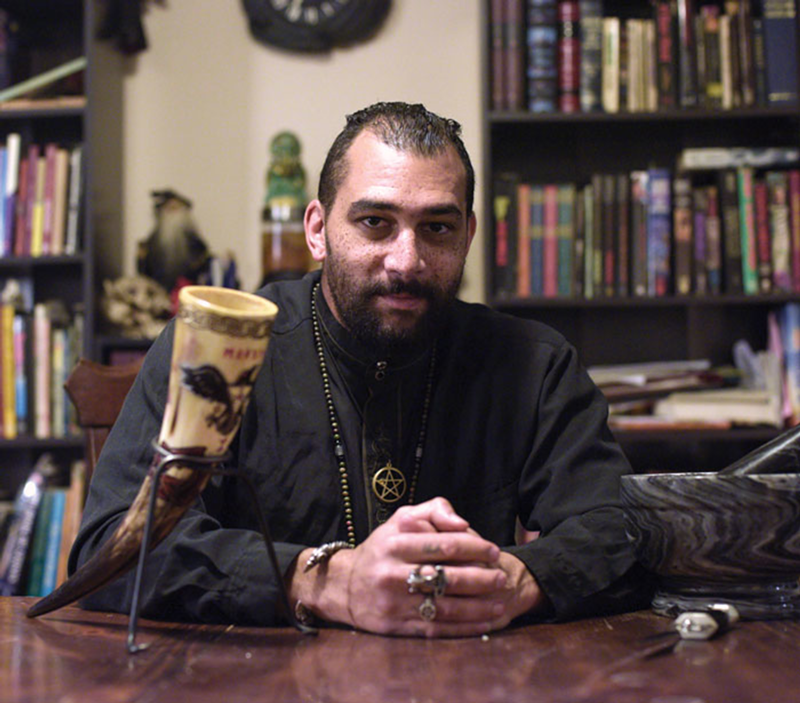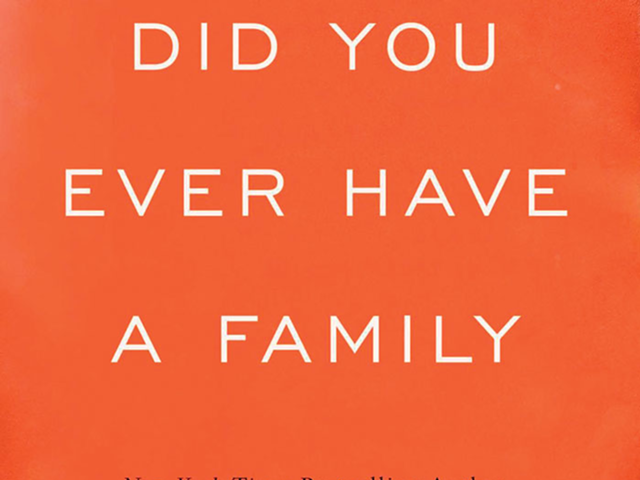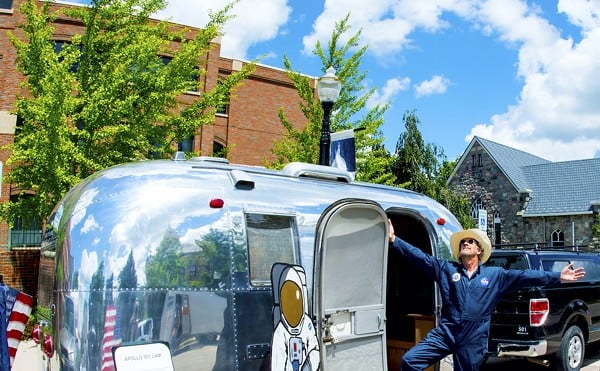Pointy black hats, long black robes and broomsticks are always in fashion during late October. The spell-casting, cauldron-brewing, gray-haired witch is a classic Halloween icon — an image and costume that’s always floating around.
But in real life, witches are both men and women — ordinary people with day jobs, in fact — who ditch the hokey attire. Coven of the Ancient Dawn, based near Cheviot, is an actual coven (a group of witches) with seven practicing members who bond over an appreciation of ancient cultural practices and traditions. They believe that every organic substance has a spirit and try to connect to that.
High Priest Brian Morgan, who has been studying magic and witchcraft for 25 years, founded the coven four years ago and leads it. He also runs the Ohio Valley Pagan Society, which has a couple hundred members. When Morgan was 14, he had a paranormal experience and started feeling what he describes as “energies.”
“It was a quest of finding out what was going on with me,” he says. “Most of the world’s major religions like Christianity, Judaism or Islam didn’t answer that, so I had to seek elsewhere, and eventually this is where it led me.”
Morgan defines “witchcraft” as a religious practice of sorts that incorporates ancient cultures — Egyptian, Greek and Norse, among others — to achieve better spiritual understanding of one’s inner self.
Emily Brunner, a newer member and the “Summoner” of the coven, acts as a liaison for those outside the coven and helps to facilitate rituals. She says this particular coven works with a specific god, Morrighan, to whom she felt a connection. Morrighan is the coven’s main deity, but they honor others in the Celtic pantheon as well.
“She’s mysterious. She’s known as the goddess of battle,” Brunner says. Morgan adds that Morrighan is known as the dark goddess and encompasses life, death and rebirth — the cycle of the universe.
The ceremonies are kind of hush-hush. Morgan claims this is because they need to keep the energy pure. Any outside influence can negatively affect or even “cancel out” the ritual. He compares it to chemistry — when adding an unknown element, a reaction can go awry.
But as far as the steps go, they have an opening ritual at the beginning of almost every meeting where they call upon the gods, goddesses and elements. During the ceremonies, which take place at a temple in Morgan’s house and sometimes the woods, the members raise their collective consciousness and put themselves in a trance state. This is done through guided meditation, repetitive actions or repetitive breathing. The feeling is intimate — strong, overwhelming and loving, Morgan says. And the ceremony is followed by a closing ritual to banish any bad energy or spirits that could have materialized.
The rituals don’t entail tossing toads or rat parts into a green, boiling cauldron. Nothing is sacrificed. When asked if the association to witches in popular culture bothers any of them, the ward and lieutenant of the Coven of the Ancient Dawn, Edward Stone, says he’s used to it.
“It’s not coincidence. One of the big holidays coming up is Samhain (when the veil between this world and the spirit world thins) or Halloween; same day, different culture,” he says.
But Morgan wants people to know that witches, Wiccans and Pagans are not “scary” or “bad.” In fact, they do a lot of good for the community. Through the Ohio Valley Pagan Society, there is a yearly picnic during which members do charity work; they’ve worked with Tails of Hope, Bethany House and a wolf sanctuary in Kentucky in the past.
Witches in this coven are just everyday people who happen to have a community that shares their beliefs and interests. Morgan works as a machinist in the aerospace industry, Brunner works as an artist and Stone works as a coordinator for a warehouse by day. Stone says people at work know he is Pagan, but it’s not a big deal.
“It’s a mild curiosity at best,” he says. And when he actually talks about the rich history and culture behind what he believes, “I’ve actually gotten a lot of positive feedback,” he says.Learn more about the
COVEN OF THE ANCIENT DAWN
via Neopagan news/networking site witchvox.com.





